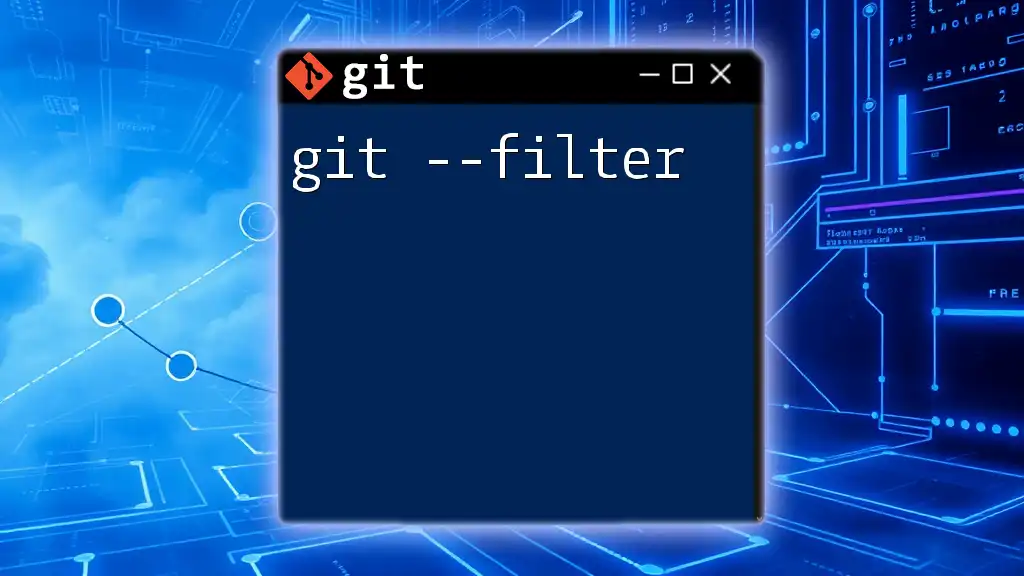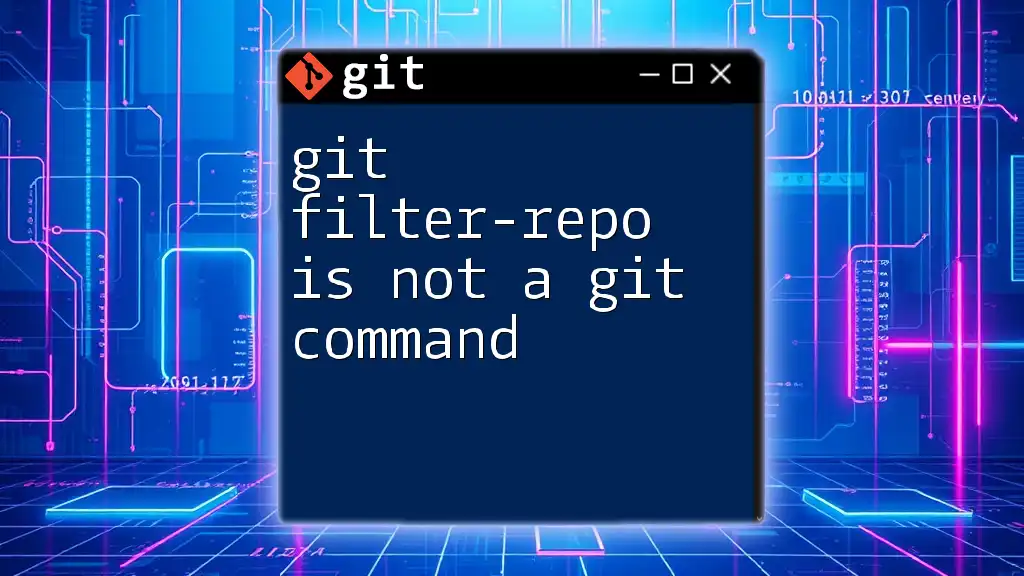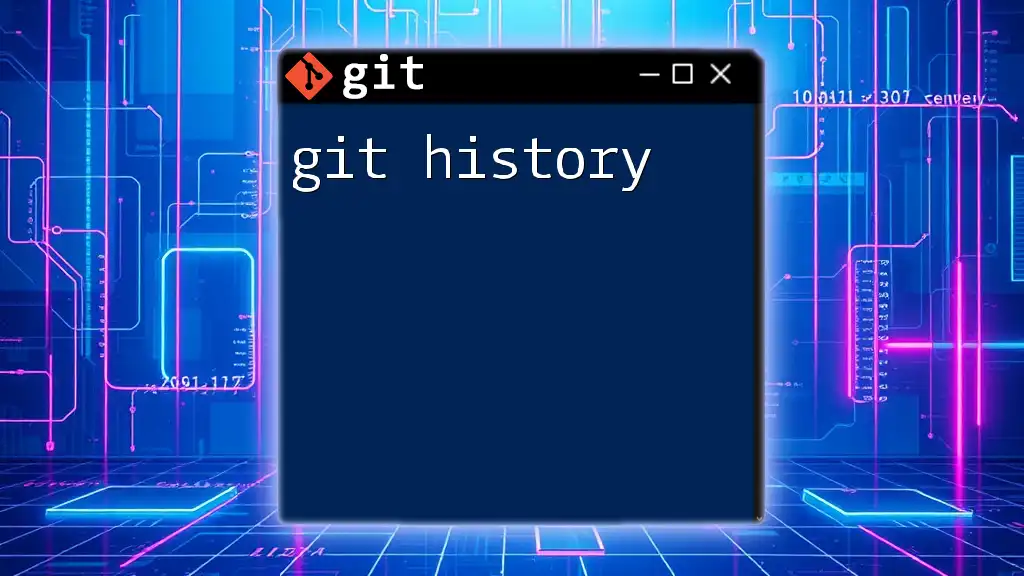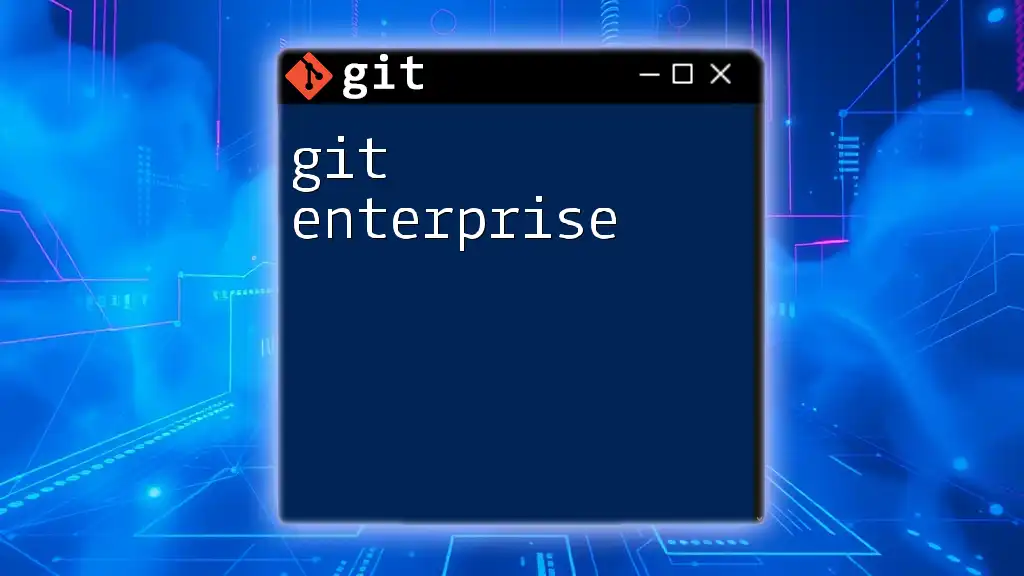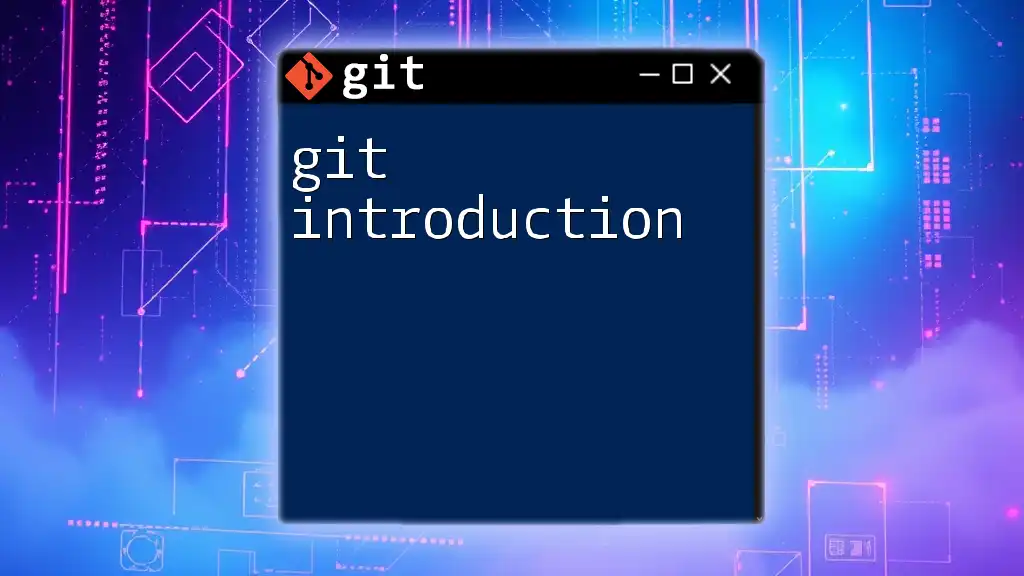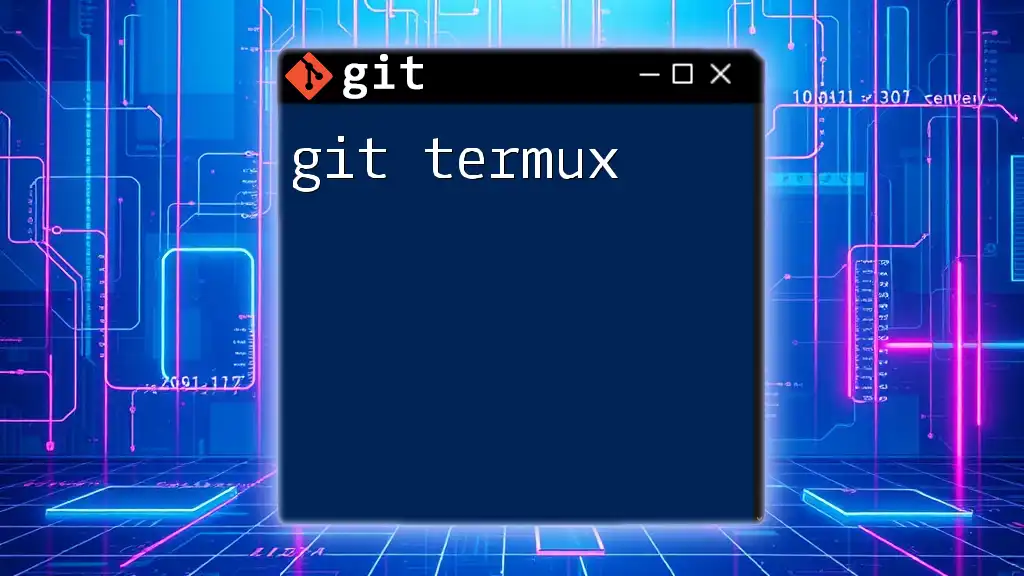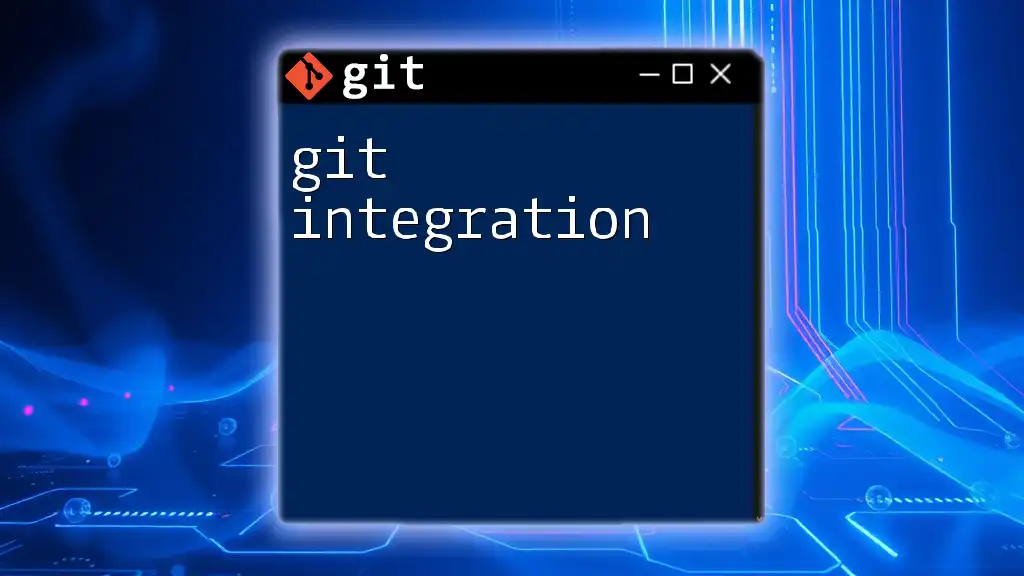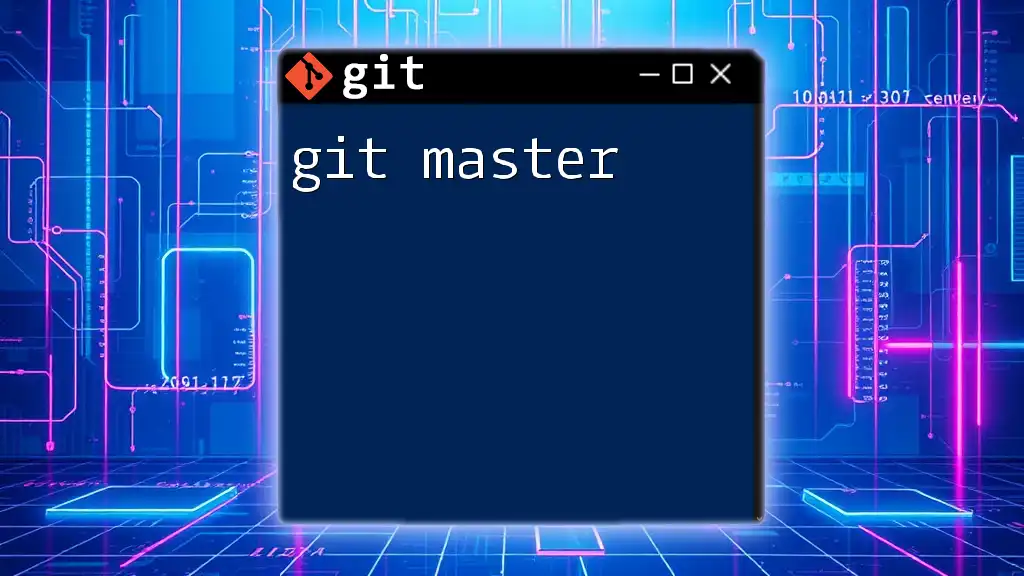The `git --filter` option allows you to filter the content that is fetched or checked out, enabling more efficient data transfer by only retrieving the necessary objects.
git clone --filter=blob:none https://github.com/example/repo.git
Understanding Git Filtering
What is Git Filtering?
Git filtering refers to a set of intelligent options available in Git that allow users to manipulate and manage data within their repositories more efficiently. By utilizing filters, you can selectively include or exclude particulars from operations—be it files, commits, or trees. This can significantly enhance collaboration and speed up workflows, especially when dealing with substantial repositories.

What Does `git --filter` Do?
The `git --filter` option allows users to specify filters during various Git operations. Essentially, it lets you control what data gets fetched, cloned, or checked out. By implementing this command, you can streamline your interactions with Git, ensuring that only the necessary elements are managed, thus keeping your local environment tidy and efficient.
Common Situations for Using `--filter`
You might find yourself utilizing `--filter` in various instances, including:
-
Working with Large Repositories: Large repositories often consist of numerous files that may not all be needed for your immediate work. Filtering can enable you to focus solely on the essential files.
-
Optimization for Specific Tasks: Maybe you’re interested in only the recent commits. Filters allow you to tailor your Git commands to match your workflow needs, avoiding unnecessary data pulls.
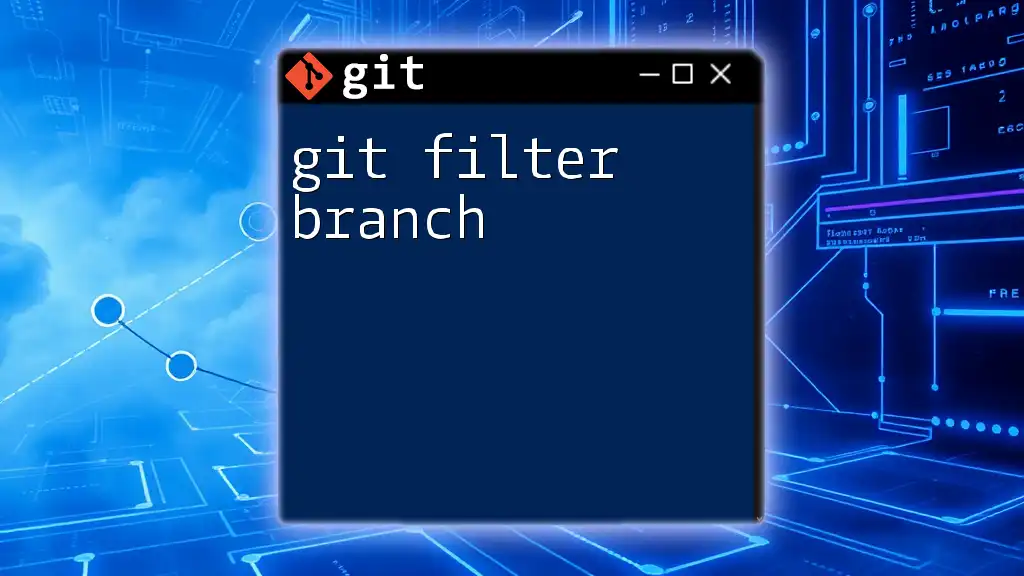
Using the `git --filter` Command
Basic Syntax of the Command
The primary structure of the `git --filter` command follows this syntax:
git <command> --filter=<filter-spec>
Here, `<command>` is any applicable Git command (like `clone`, `fetch`, etc.), and `<filter-spec>` is the specific filter you're applying.
Available Filters
Blob Filter
Blob filters are used for filtering specific blobs, often based on their type or size. When cloning a repository with this filter, you can exclude all blobs from the initial clone, speeding up the process and reducing local storage usage.
Example:
git clone --filter=blob:none <repo-url>
Commit Filter
A commit filter is handy when you want to focus on specific commits based on certain criteria. This filter allows you to limit the commits shown, making it easier to track changes made by a particular author or within a certain timeframe.
Example:
git log --filter=commit:some-sha
Tree Filter
Tree filters enable users to selectively manage file trees in their repository. This can be especially useful when you're only interested in specific directories or file types.
Example:
git checkout --filter=tree:<tree-filter>
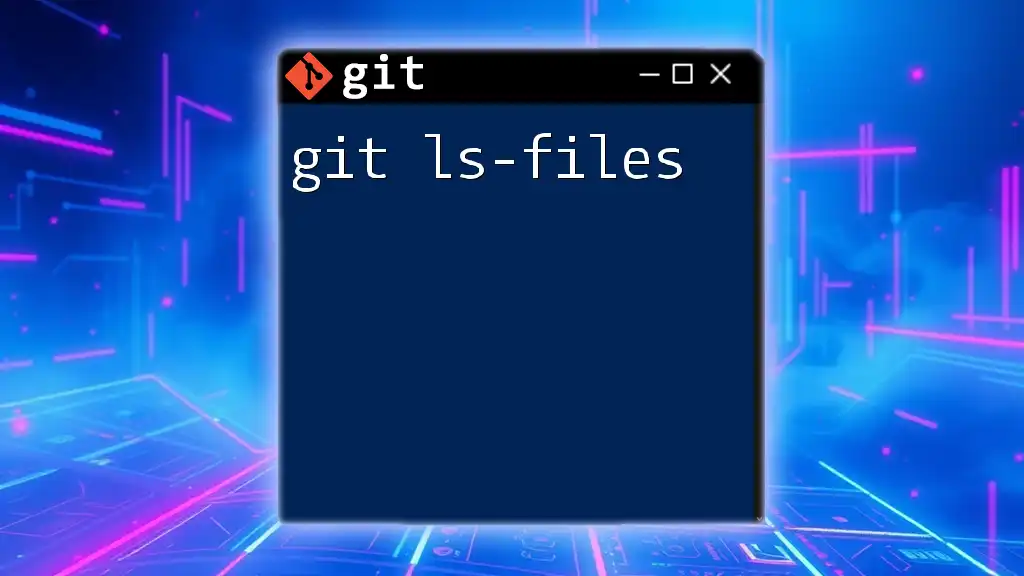
Practical Examples of Using `git --filter`
Cloning a Large Repository with Filters
If you're dealing with a large repository, using the filter during cloning can become invaluable. By leveraging a blob filter, you can clone the repository without pulling down all the files right away.
Step-by-step guide:
git clone --filter=blob:none --no-checkout <repo-url>
By executing this command, you'll have the repository structure set up, but only the metadata is cloned initially. You can then selectively check out files as needed.
Fetching with Filters
When fetching updates from a remote repository, you can apply filters to limit what gets brought into your local copy.
For example:
git fetch --filter=tree:0 <remote>
This command fetches a minimal tree representation for your current branch, optimizing the data transfer.

Advanced Use Cases
Using Multiple Filters
Combining multiple filters can take your efficiency to the next level. For instance, you might want to include a blob filter and a tree filter simultaneously.
Example:
git clone --filter=blob:none --filter=tree:0 <repo-url>
This command sets up the repository in such a way that only the essential components are fetched right away, significantly reducing overhead.
Working with Sparse Checkouts
Sparse checkouts allow you to manage your working directory in a leaner manner by only checking out specific files or directories. When used in conjunction with `git --filter`, the process becomes even more powerful.
To set up a sparse checkout:
git sparse-checkout init --cone
After initializing sparse checkout, you can specify which files to include or exclude from your working directory, ensuring a clutter-free environment.
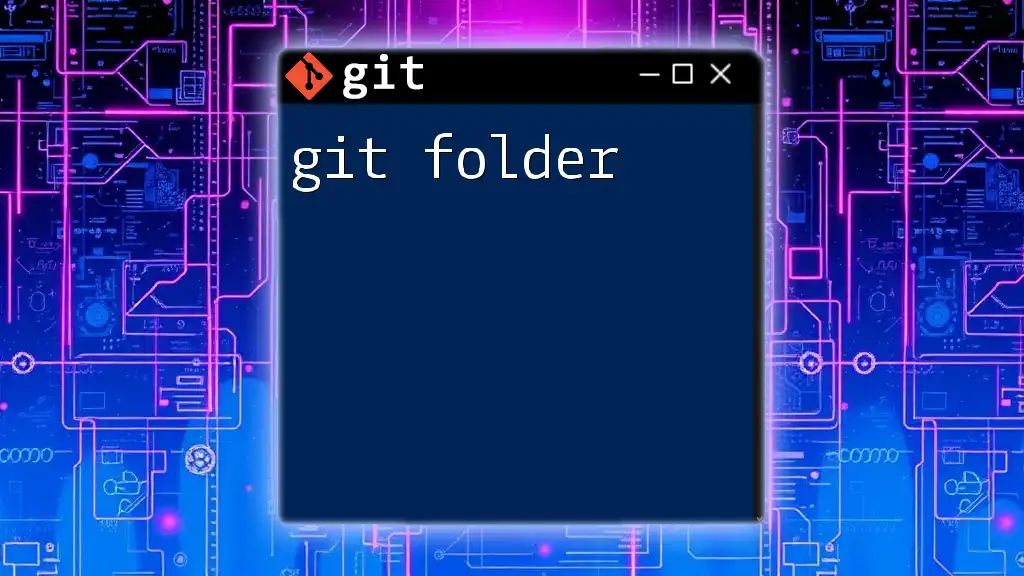
Performance Considerations
Efficiency is paramount in any workflow, and using filters can dramatically improve your performance metrics. By filtering out unnecessary data, you not only enhance your local repository's speed but also reduce network bandwidth usage. This is especially true in scenarios with limited connectivity or when working with large histories.
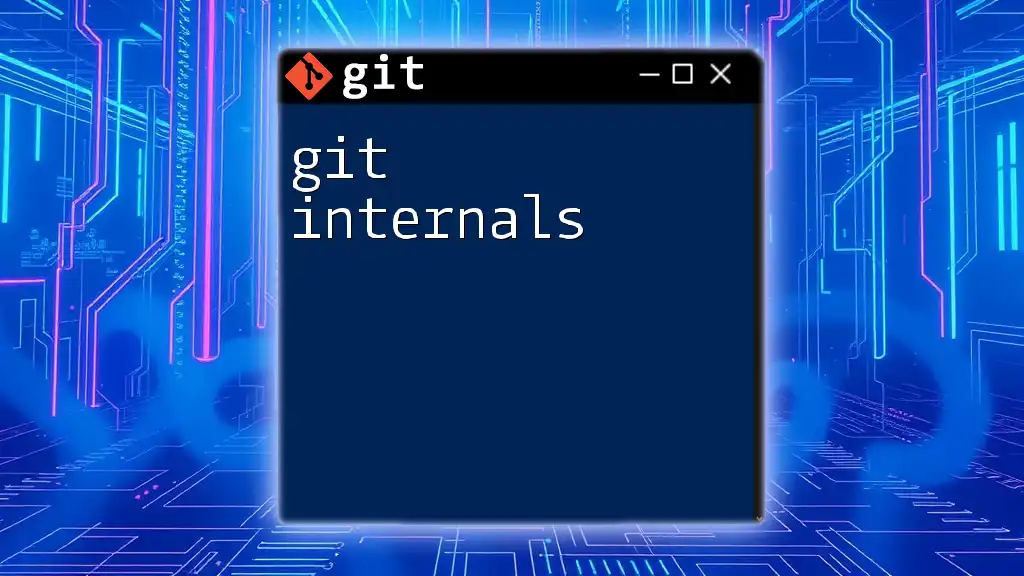
Troubleshooting Common Issues
When working with `git --filter`, users may encounter a few typical issues. Here are some common scenarios and their solutions:
-
Command Not Found: Ensure you're using a Git version that supports filtering (Git 2.19 and above).
-
Fetch Issues: If filters are applied incorrectly, you might face problems during fetch operations. Make sure your commands are structured properly and relevant filters are chosen.
-
Sparse Checkout Conflicts: Conflicts may arise when the sparse checkout is not synced with filtering commands. Always ensure your repository state matches your fetch and clone options.
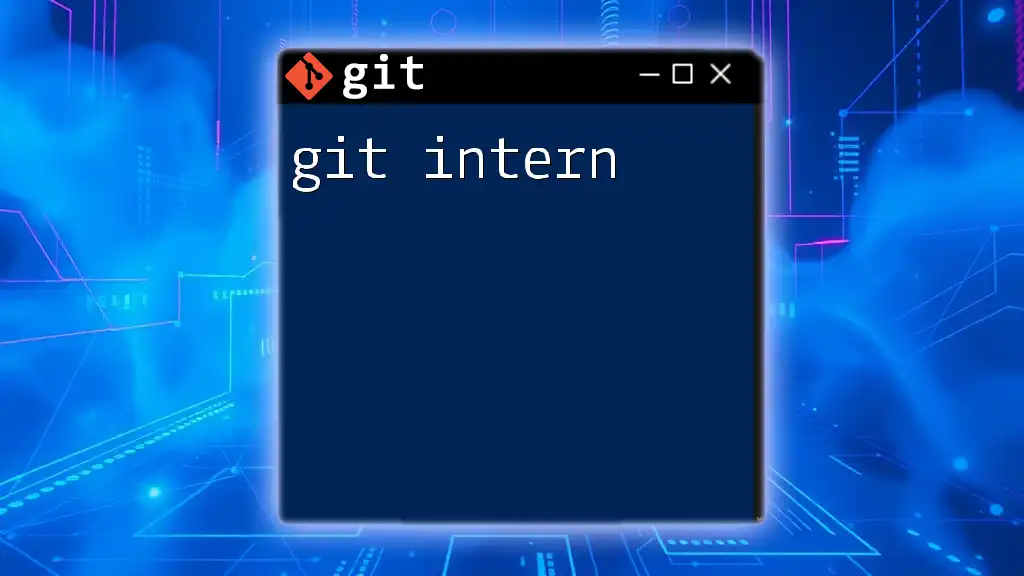
Conclusion
In summary, mastering the `git --filter` command can optimize your Git experience significantly. By selectively managing what parts of repositories you interact with, you enhance both performance and productivity. Experimenting with these options can lead to a streamlined workflow, saving both time and resources. Don’t hesitate to dive deeper into these functionalities and discover how they can elevate your version control practices. Keep exploring and stay tuned for more Git tips to enhance your development skills!

